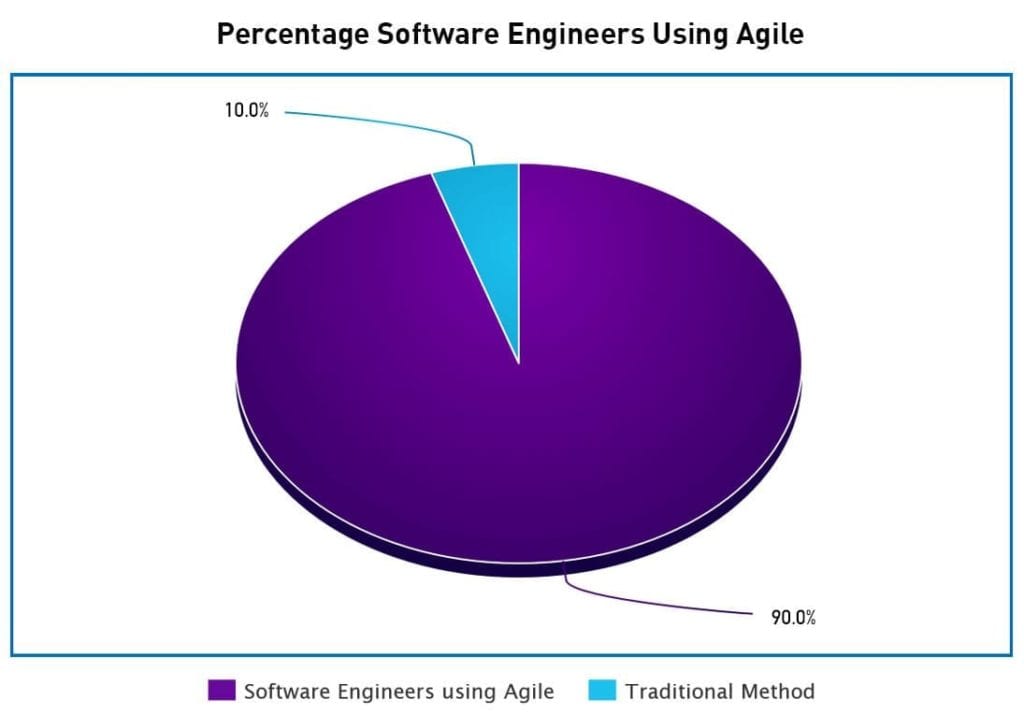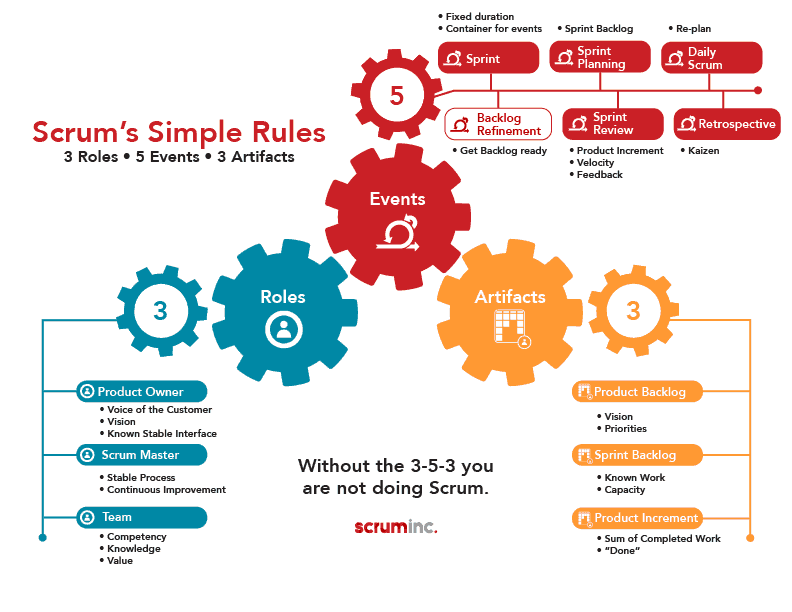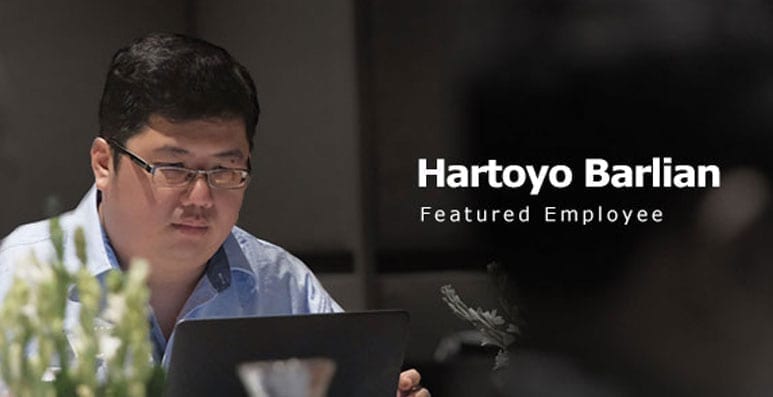Even in times of constantly changing requirements and influences, it must be possible to carry out development projects (especially production development) successfully, and in a structured manner. Agile methods can make a valuable contribution to customer satisfaction while at the same time improving profitability. In this article, we examine how some Mitrais clients are implementing Agile techniques, the benefits that can be reaped, and how to avoid some potential pitfalls.

We apply many agile ideas, concepts and practices in product development, which we introduce by consulting with a wide range of customers. An internal survey that we recently conducted showed that 90% of the current 48 projects use agile methods, and only 10% use traditional processes. However, we often encounter large differences between theoretical ideas and practical implementation. The existing environment and the natural inertia to change often require adjustments. In our project portfolio we most frequently encounter the agile methods:
- Kanban,
- Scrum, and
- Scrum-But.
Since Scrum is a framework, we define Scrum according to the Scrum Guide and Scrum-But as a Scrum method that is either added to or removed from standard Scrum practices. Scrum-But is acceptable as long as the Team have agreed on the reason for the departure from standard practice and have developed their own workarounds. For example: “(We use Scrum, but) (we use additionally a Definition of Ready,) (that we have a working agreement what ready means before a story get accepted into an upcoming sprint between the on-side Team and the off-side Product Owner.)”

We only identify a project as “Scrum based” if it uses the standard 3-5-3 content elements. Otherwise, false expectations are projected into the daily work process and can cause confusion in the team and misunderstandings with external groups (eg: Senior Managers). However, each project is an individual challenge, and the customer’s often express a desire for more traditional processes. But even here, we notice that agile practices have occasionally been adapted in classic project processes. For example, we encounter the Daily-Standup in almost all implemented projects.
Besides Scrum, we often find Kanban as an agile method. And this is no surprise, because the main goal of Kanban is to reduce unproductive multitasking, the frequent switching between different tasks. Kanban is a great choice, especially for projects with a team of 1-3 people. In addition, the visualization of the workflow via a Kanban Board is a strong way to build trust with the customer. Through a transparent representation of the work steps the customer can track project tasks easily and accurately. In addition, the average time between the start and completion of a task can be measured and strategies can be developed together with the customer to reduce this time and keep it as constant as possible.
A concrete process, which may also include parts from the traditional waterfall world, should always be exactly tailored to the circumstances of a project.
Questions we often ask when starting an engagement with a client include:
- Is it a small project and team or a complex project with distributed or even scattered teams or people?
- Is the risk of errors negligible and are there no guidelines, or are human lives at stake and do the relevant legal regulations have to be fulfilled?
- Can the work be planned over a short period of time or does new and important work always arrive unexpectedly and continuously?
Only if the concrete process addresses all these different boundary conditions of a project it can be properly followed and lead to effective work. Together with our experienced Agile Coaches, Scrum Masters and Product Owners, we recommend the appropriate agile methodologies and practices in collaboration with our customers that always keep the valuable characteristics such as iterative development, continuous process improvement, transparency, communication and trust in mind.
In such a diverse project environment like in Mitrais, there are a host of Scrum Masters who deeply believe in servant leadership and help teams to increase their agility while meeting business goals.
If Agile software development actually brings all the advantages claimed, then “What’s the catch?”. In fact, it can be highly inconvenient to a team to introduce agile methods successfully and to maintain them over long periods of time. For this you must break away from old habits, explore new ways and check again and again how you can improve further. This is the constant task of the Scrum Master, who plays a special role in the implementation of projects. Our Certified Scrum Masters have gained experience over a wide range of projects and are there to accompany you so that your projects can also be carried out with higher agility.
Do you have any questions or are looking for guidance on how to improve your Agile Practices? Feel free to contact us.











